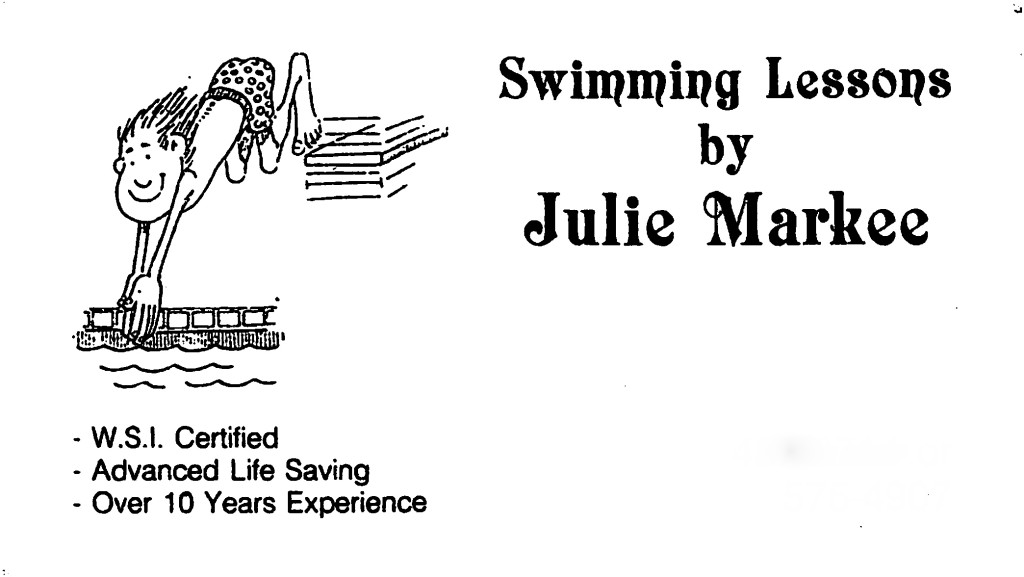 When I was 8 years old, I started my own business as a swim instructor. During my 12+ years, I taught over 300 children ranging from 9 months to 18 years in my parent’s backyard pool.
When I was 8 years old, I started my own business as a swim instructor. During my 12+ years, I taught over 300 children ranging from 9 months to 18 years in my parent’s backyard pool.
Teaching children to swim felt very natural to me. I was able to adapt my teaching style to the student and I learned that an approach that worked for one student wouldn’t necessarily work for another. There is no doubt that I carried the skills I developed as an instructor into my career on “dry land.”
A number of years ago, I was asked what skills I used in order to be an effective swim instructor and I thought I’d share that list below. I believe these skills are also needed when training operators in a manufacturing environment.
- Reassuring. Remember the fear of putting your face in the water the first time? Having people relax before learning new tasks is critical in order for them to follow the material being presented.
- Adaptable. Everyone learns differently so utilizing more of the senses can improve information retention. At a minimum, training needs to utilize audio, visual and kinesthetic elements to optimize the learning process.
- Patience. Learning new information can be difficult, especially for adults. And the trainer needs to be able to go through the material numerous times with the trainee without showing any frustration.
- Ability to read nonverbal communication. When an individual is learning a new skill and struggling to master it, it isn’t uncommon for him to feign understanding to make the trainer think that he understands. However, by reading non-verbal clues the trainer can gain more insight into how well the operator is grasping the information.
- Introspection. In order to be a good trainer, she must be able to look at the training process, identify areas where improvement is needed and make the required modifications.
Mastering these skills will help maximize the effectiveness of your training. And if you are going to invest in training, don’t you want the trainee to get the maximum value out of the training?
For more practical tips for manufacturing professionals to attract, train and retain your hourly workforce, go to www.keyprocessinnovations.com.
